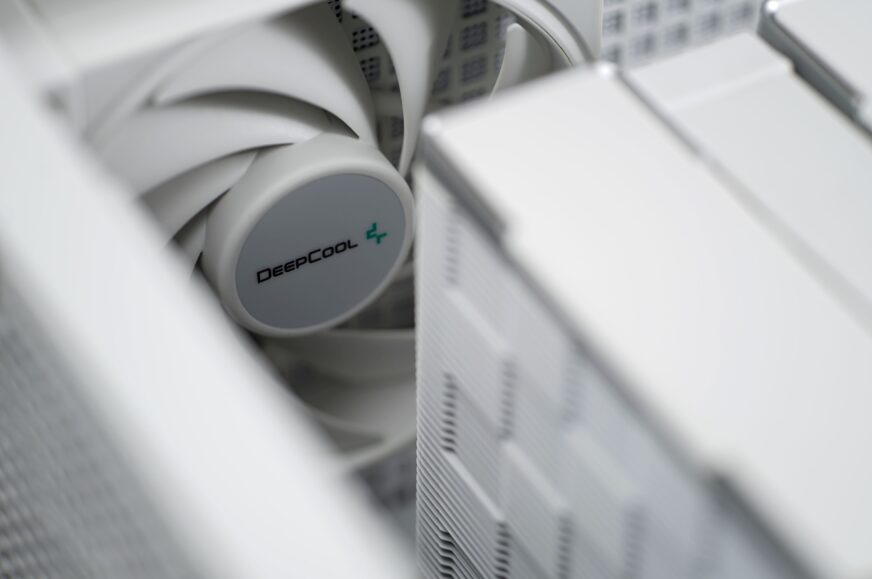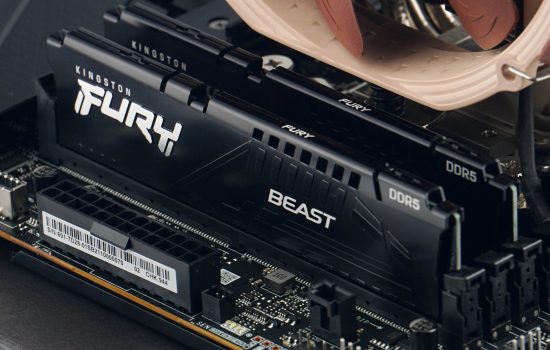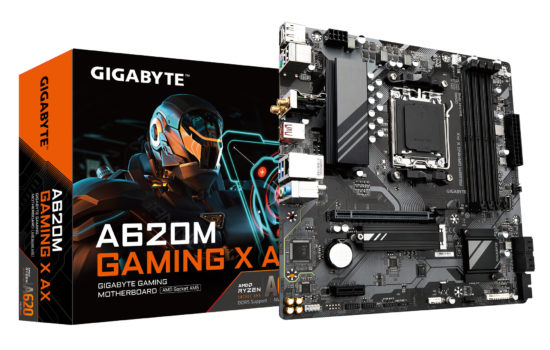Test results
Very quiet operation, but with “sufficient” cooling performance that doesn’t hold back the components. That’s the assignment we gave ourselves when building a mid-range PC with which, regarding cooling hardware, we went with DeepCool. The case which became the basis of this configuration has great potential to achieve the desired result, but everything needs to be set adequately.
What we test in…
We subjected the configuration to two testing environments. A computing one (Blender@Cycles, project Classroom with 2040 tiles) and a gaming one (Shadow of the Tomb Raider, 2160p, TAA, highest detail graphics profile). In the first case, it is purely a processor load, while in the second case, the load is combined with a large contribution from the graphics card. The CPU load is lower in this case. The latter is higher in 3D rendering in Blender.
… and what are the results
The cooling of the CPU and GPU is fine. It could be stated that there is even some small headroom. Especially regarding the graphics card, which is the loudest component of the setup. It is possible to further reduce the noise, even with the model we used – Sapphire RX 7700 XT Pure. However, be aware that you may encounter excessive temperature of the VRM, which is more difficult to assess, before reaching high GPU temperatures.
| ---------- | Results | |||||
| Blender | SOTTR | |||||
| Max. temp. [°C] | CPU | P cores (avg.) | 86,8 | 64,3 | ||
| E cores (avg.) | 86,4 | 57,0 | ||||
| GPU | avg. | 47 | 59 | |||
| hot spot | 57 | 82 | ||||
| Frequency [MHz, avg.] | CPU | P cores | 3060 | 4527 | ||
| E cores | 3990 | 3990 | ||||
| GPU | 55 | 2561 | ||||
| Score | 402,6 | 71 (fps, avg.) | 59 (fps, min.) | |||
| System power consumption [W], avg. | 212,7 | 328,9 | 328,9 |

Sound spectrogram
In the context of sound frequency analysis, two modes are being monitored. The first, quieter one, is without the load of the graphics card. This includes the noise of the system cooling, CPU cooler, and power supply. These are things from DeepCool that can be exceptionally quiet. The noise noticeably increases only with the activity of the graphics card, mainly due to its fans with the most pronounced noise in the 200–2000 Hz range.
What about the coils? Their sound did not appear in the spectrogram too much. At least from the tested distance (50 cm) and from the test angle (with the microphone sensor centered on the side panel). However, some credit should also be given to the DeepCool CH560 (WH) case. The coild of the Sapphire Radeon RX 7700 XT Pure are on the quieter side, but you can definitely hear them, as is shown in these tests of the graphics card, where the noise is measured without a barrier and from a smaller distance.
English translation and edit by Jozef Dudáš















